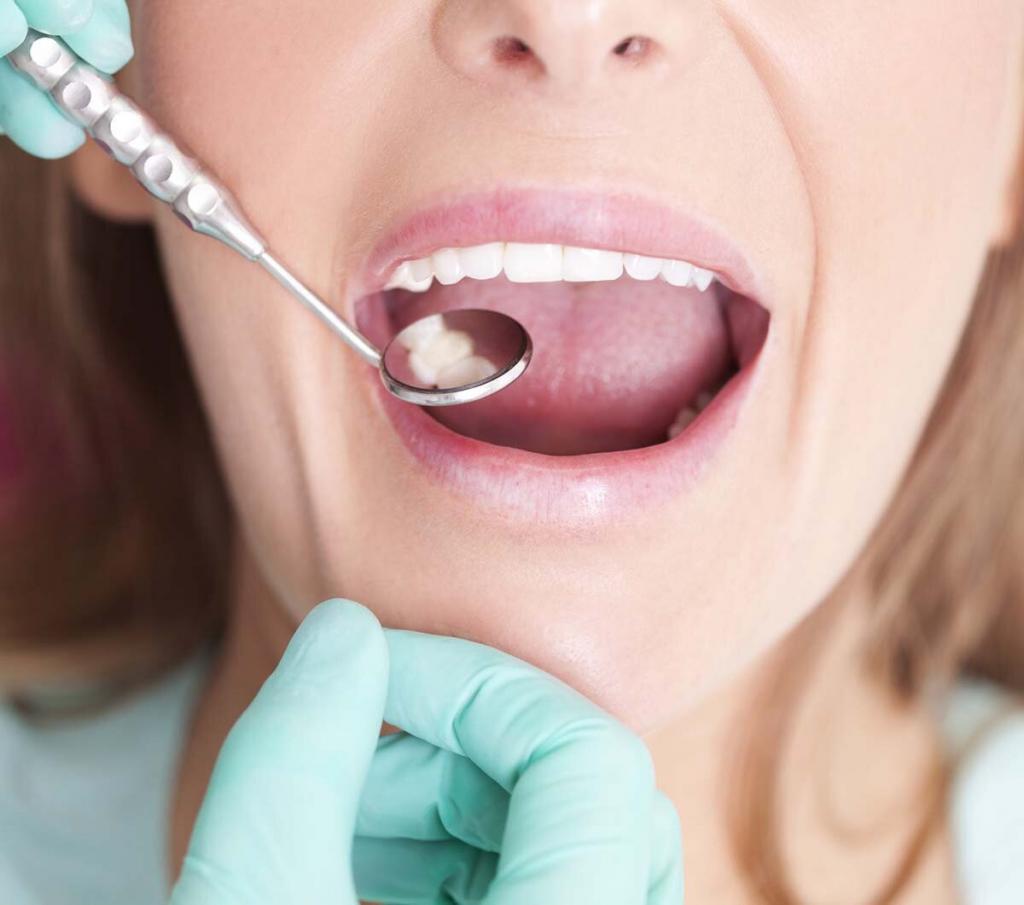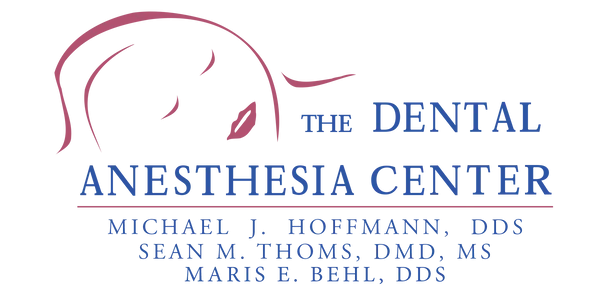At The Dental Anesthesia Center, we specialize in addressing these concerns with various treatments tailored to our patient’s needs, ensuring comfort and effectiveness.
Dental occlusion refers to the alignment and contact between the teeth of the upper and lower jaws. Proper occlusion is crucial for chewing, speaking, and overall oral health. Many people experience occlusion issues that lead to discomfort, pain, and long-term dental problems.

Understanding Dental Occlusion Problems
Before diving into how dentists fix dental occlusion, it’s essential to understand what can go wrong. Common occlusion problems include:
- Overbite: The upper front teeth excessively overlap the lower front teeth.
- Underbite: The lower front teeth protrude past the upper front teeth.
- Crossbite: One or more upper teeth bite inside the lower teeth.
- Open Bite: There’s a gap between the upper and lower teeth when the mouth is closed.
- Crowding: Teeth are too close together, leading to misalignment.
- Spacing: Gaps or spaces between teeth.
These issues can arise from genetic factors, habits like thumb sucking, trauma, or dental diseases.
Diagnosing Occlusion Problems
At The Dental Anesthesia Center, our dental professionals begin with a comprehensive examination to diagnose occlusion problems. This includes:
- Visual Examination: Inspecting the teeth and bite.
- X-rays: Taking detailed images to see the positioning of the teeth and jaws.
- Dental Impressions: Creating molds of your teeth to study their alignment.
- Bite Analysis: Evaluating how your teeth come together when you bite.
Treatment Options for Fixing Dental Occlusion
Once the issue is identified, several treatment options are available, depending on the severity and nature of the occlusion problem.
- Orthodontic Treatment – Orthodontics is often the first line of treatment for occlusion problems. Braces, clear aligners, and other orthodontic appliances can gradually move teeth into their correct positions.
- Braces: Traditional metal or ceramic braces effectively correct various occlusion issues.
- Clear Aligners: These are a popular choice for adults and teens as they are less noticeable and can be removed for eating and cleaning.
- Restorative Dentistry – Restorative dentistry might be necessary for occlusion issues caused by damaged or missing teeth.
- Crowns: These cover and protect damaged teeth, restoring their shape and function.
- Bridges: Used to replace missing teeth, preventing other teeth from shifting out of position.
- Implants: These provide a permanent solution for missing teeth and help maintain proper occlusion.
- Occlusal Adjustment – An occlusal adjustment involves reshaping the biting surfaces of the teeth to improve the bite. Dental drills can remove small amounts of tooth enamel, allowing the teeth to fit together more naturally.
- Splints and Mouthguards – Occlusal splints or mouthguards can provide relief for patients with bruxism (teeth grinding) or TMJ disorders by reducing the strain on the teeth and jaw muscles.
- Surgery – Orthognathic surgery may be necessary in severe cases where the jaw alignment is significantly affected. This involves surgical repositioning of the jaws to achieve proper alignment and function.
The Role of Anesthesia in Treating Dental Occlusion
At The Dental Anesthesia Center, we understand that dental procedures can be stressful, especially for patients with special needs or dental anxiety. Our team is highly skilled in providing anesthesia options to ensure a comfortable and pain-free experience. From local anesthesia for minor adjustments to general anesthesia for complex surgeries, we prioritize your comfort and safety throughout the treatment process.
Maintaining Proper Occlusion
Once your occlusion issue is fixed, maintaining good oral hygiene and regular dental check-ups is essential. Our team will provide you with personalized advice and follow-up care to ensure long-term success.
Call Us Today
The only board-certified dental anesthesiologist in Missouri, including St. Louis.
